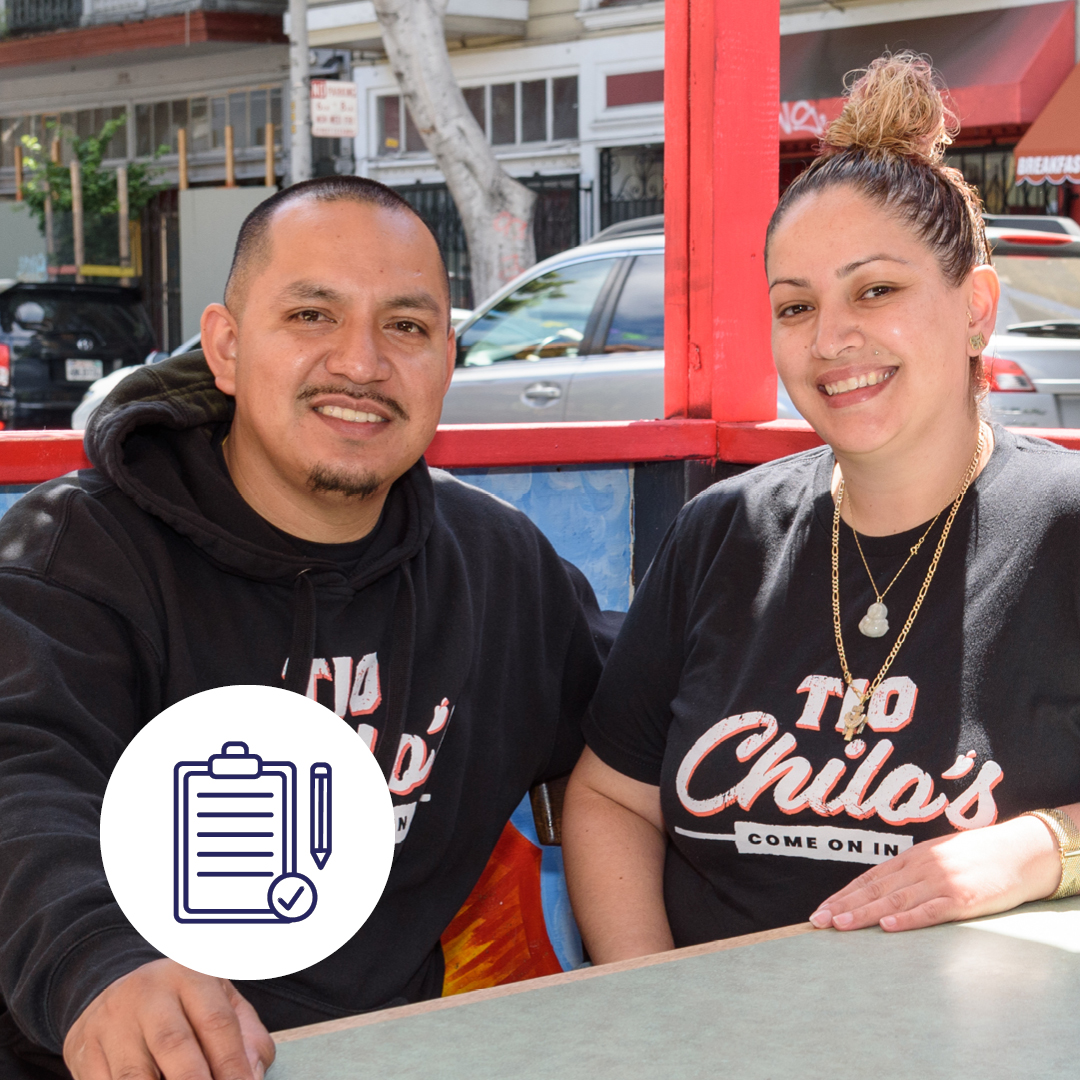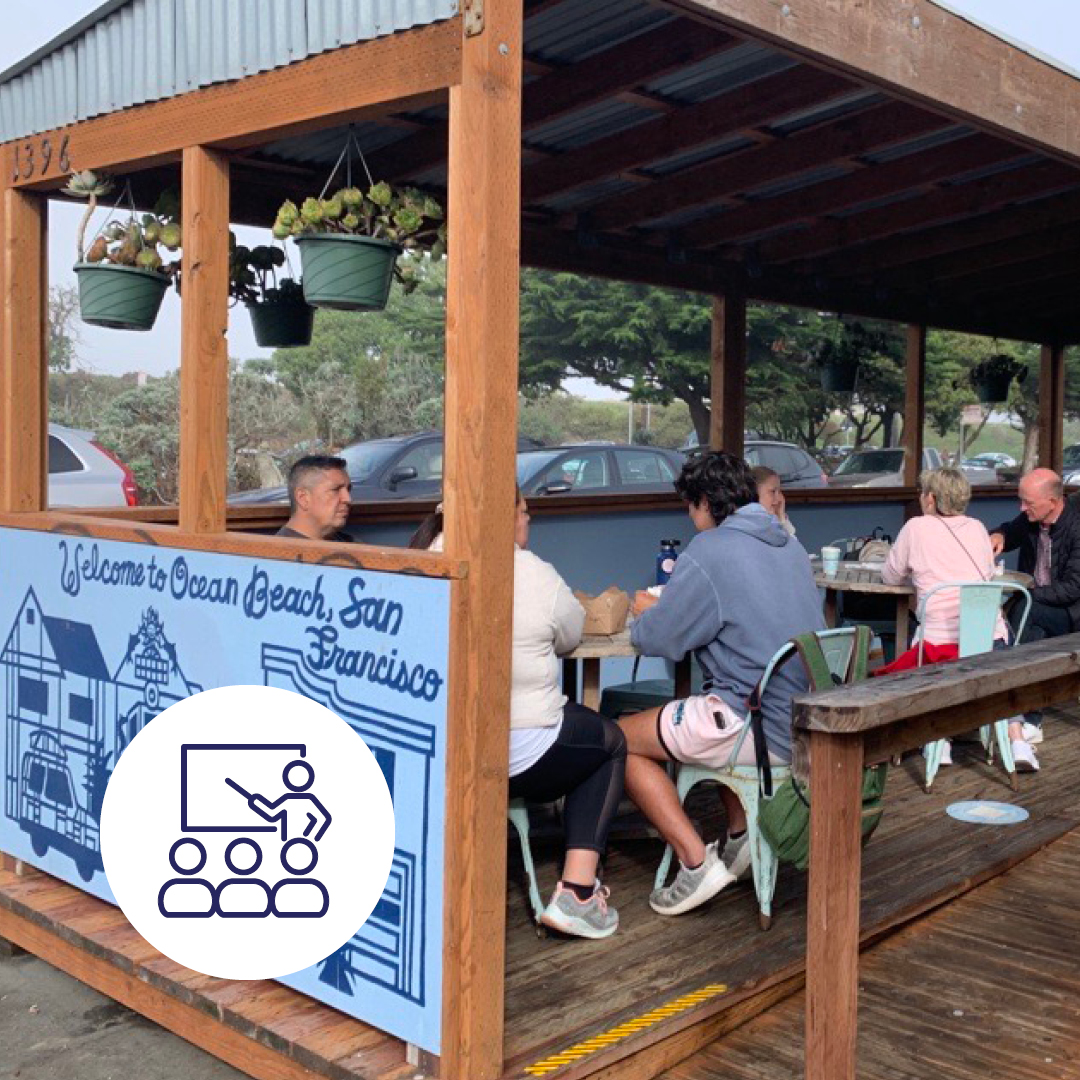
Shared Spaces
Shared Spaces is a program that reimagines how sidewalks, streets, and outdoor areas can be used, offering a more dynamic and flexible approach to public space.
Resources


Design and Build
- Contact city-trained designers and contractors
- Read the Shared Spaces manual
- Request an inspection to receive your permit after application has been approved and parklet built
What to do
Apply for a permit
Apply for a permit
Get a Shared Spaces permit for your sidewalk or parking lane. Learn about the options and responsibilities of Shared Spaces permits. Request an inspection after your parklet is built.
End your Shared Space
End your Shared Space
If you don't want to continue using your current Shared Space, you can follow the steps to let us know.
Use other kinds of space
Use other kinds of space
Report a problem
Stay up to date
Stay up to date
See upcoming and past webinars and events focused on design guidelines, equity grants, and overall information about the program.
Sign up for newsletters to get program updates.
Contact us
Contact us
See our updated manual with photos, graphics, and general guidelines.
Watch our short design guidelines videos.
Program resources
Track applications
Media resources
Stay up to date

Program manual
See our updated manual to understand how to build or change your Shared Space to make it safe and accessible.
About
Businesses can apply for Shared Spaces, a new program for more flexible use of sidewalks, streets, and other outdoor spaces.

